The Practical Sanskrit-English Dictionary: Containing Appendices on Sanskrit prosody, Important Literary and Geographical names of Ancient India
₹1,595.00
Sold By:
Motilal Banarsidass Publishing House
In stock
Too Good to Resist Sale is Live BUY AND SAVE NOW
SKU:
9788120805675
Categories: Books, Reference Works
Tags: Motilal Banarsidass, Motilal Banarsidass,Reference Works, Reference Works
The Practical Sanskrit-English Dictionary has been undertaken to supply a want long felt by the student, of a complete and at the same time low-priced Sanskrit-English Dictionary.
The main feature of this Dictionary is that it has aimed at being practical. With this view the author has added quotations and references to the peculiar and noteworthy senses of words, especially such as occur in works read by the student at school or college. To a student, especially a beginner, they are very useful, as they supply him with apt illustrations of the senses of words, and enable him to provide himself with a large stock of choice, idiomatic expressions which are so abundant in the language.
Another noticeable feature of the Dictionary is that it gives full explanations of the more important technical terms, particularly in Nyaya, Alankara, Vedanta, Grammar and Dramaturgy, with quotations in Sanskrit wherever necessary. Similarly, striking phrases, some choice expressions and idioms or peculiar combinations of words, have been briefly but clearly explained, so as to give the reader most of the facts connected with them. Some of the most common Nyayas or Maxims have been collected under the word Nyaya for easy reference.
Three Appendices have also been added. The first is on Sanskrit Prosody. The second Appendix gives dates, writings etc. of some of the important Sanskrit writers. The third Appendix gives the most important names in the ancient Geography of India with identifications on the modern map wherever ascertained.
Review(s)
About the Author(s)
Vaman Shivaram Apte came from a well-to-do family in Konkan. In the Marathi Stats of Sawantwadi, in the small village of Asolopal (Banda Pets) his father was known as a noble-minded Pandit of high integrity of character. But his obliging nature brought the family to straitened circumstances at the time of his death, for standing surety for a friend. Vaman was then only eight years old. He was born in 1858 in the same village and had his primary education there. His mother, a brave lady, saw no future for the family in that native place and came to Kolhaput with her two sons (Vaman and his elder brother) and with great difficulty brought up her children. But she and her first son succumbed to death within three years and Vaman was left orphan. However, his sharpness and brilliancy won him the favour of Shri. M.M. Kunte, the Head Master of the Rajaram high School and a reputed scholar and hence Vaman’s school-career was completed without much hardship. He passed the Matriculation examination and secured more than 90% of the total marks, with the unique Sanskrit scholarship, named after Jagannath Shankarshet. Prof. Kielhorn wanted him to study in the Deccan College directly under him. There too Vamanrao showed his brilliance in all examinations and won the Bhau Daii Sanskrit Prize at the BA examination (1877) and the Bhagawandass Scholarship at the MA examiniation (1879). With thesedistinctions Government service of a very high grade would have been very easy for him. But he had kept before his eyes the patriotic ideas, some of which had already been brought into practice by Vishnu Shastri Chiplunkar, the father of the modern Marathi and of national education. Apte decided once for all to devote himself to the cause of national education by joining the founders of the New English School in 1880,in its first year. Of course, the institution (New English School) made a most precious acquisition in getting the services of V.S. Apte, in the very beginning of its career. His was a most precocious and penetrating intellect and the record of his academic achievements was most distinguished. Sanskrit was his special forte. He was a born teacher and a strict disciplinarian. The founders of the institution recognised his pre-eminent merits and invested him with the office of the Superintendent, while the patriarch Chiplunkar himself worked under him as the Head Master. Apte’s labours bore speedy fruit in as much as the school carried off one of the two Sanskrit scholarships at the Matriculation examination, even in the first year.
Additional information
| Weight | 0.5 kg |
|---|---|
| Dimensions | 10 × 11 × 12 cm |
| Book Author | Vaman Shivram Apte |
Be the first to review “The Practical Sanskrit-English Dictionary: Containing Appendices on Sanskrit prosody, Important Literary and Geographical names of Ancient India”
You must be logged in to post a review.








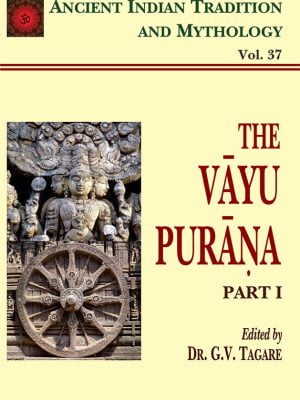
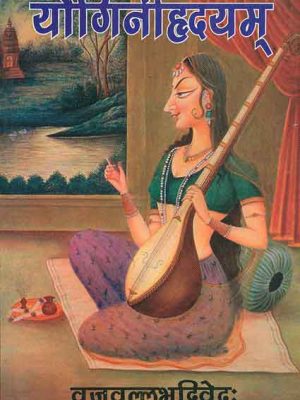
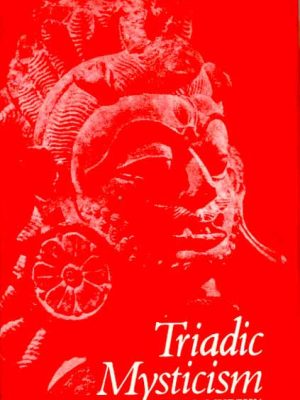
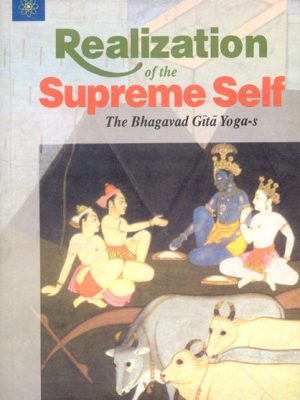
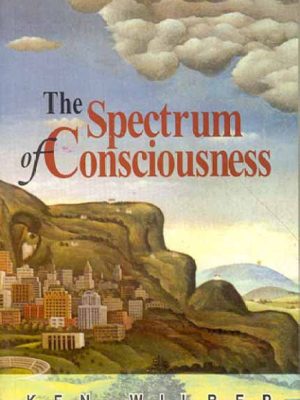
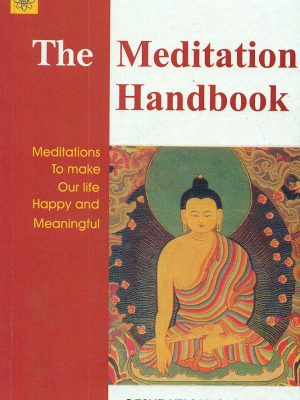
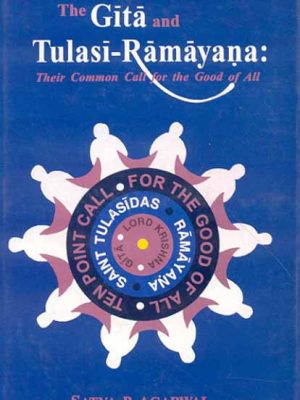
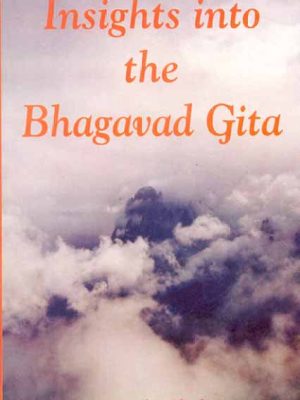
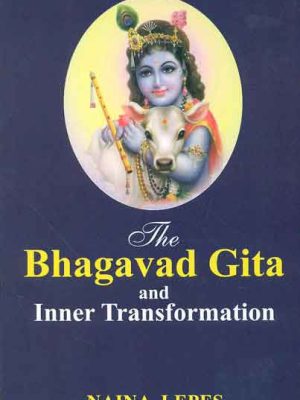

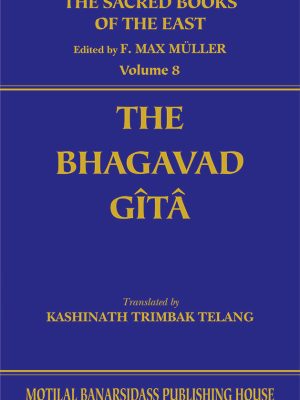

Reviews
There are no reviews yet.